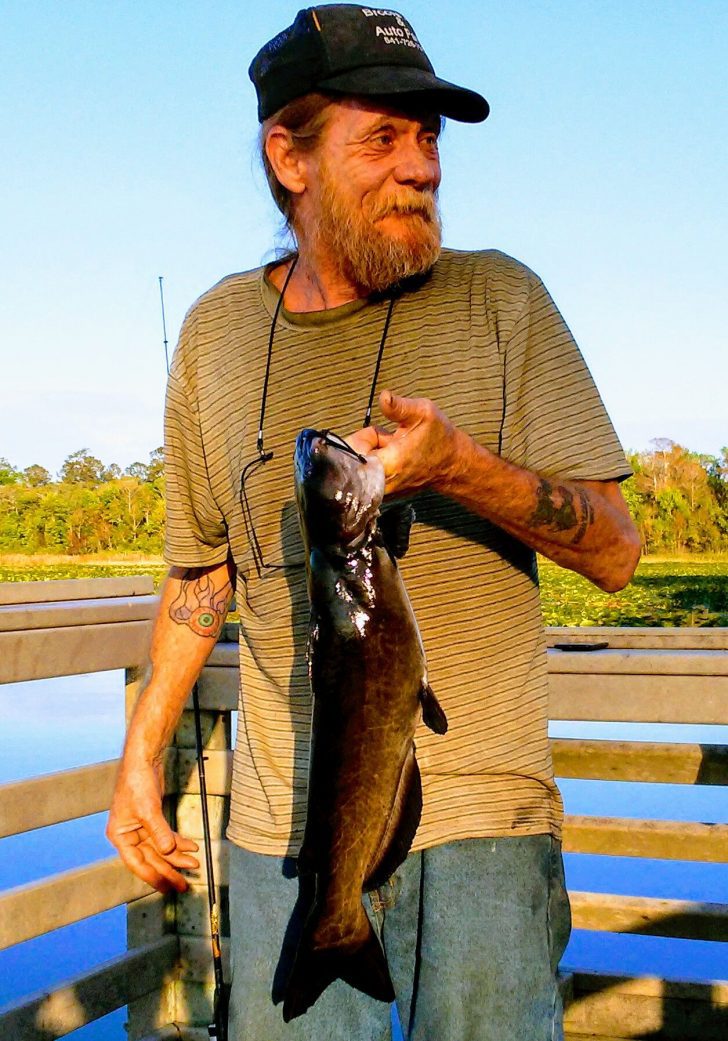Central Florida Inland
What a year we’ve had, Forest Fishers. With all that’s going on in the world, spending time on the water, and/or reconnecting with nature, is more important than ever. For most anglers, fishing is a way of life, and often will define how others see us a person. Yet, the way it’s portrayed by the media is simply for sport (competition) or recreation.
Ok, so weather conditions in December vary from year to year, but the goal of most anglers is always the same, those emerald beauties we like to call “specks” (crappie). When the colder months arrive, we put away our heavy rods and braided line, and break out the cane-poles, light action rods, and thin monofilament line (6 to 10 lb. test).
Figuring out which areas crappie are schooled up on is the trick. From now until March or so, trolling offshore ledges (with minnows and crappie jigs) is the easiest/most productive technique. Troll as many rods as you can maintain, and make sure to have at least one or two baits on the bottom, middle, and upper water column. Start by using a different colored jig for each rod, and then change colors every 30 minutes or so until one pattern (color/depth) starts producing bites. A fish finder (any) will give you a big advantage by showing you depth changes, brush piles, water temperature, etc., and a GPS will let you save the location of each bite, catch, or good looking spot. Every clue helps. If you don’t have a GPS, make sure to use landmarks as reference points.
I’ll be honest, crappie fishing can be tough, but try not to get frustrated. When you come across that first “money spot”, it’s all worth it. One rod doubles over, and as soon as you reach for it, another rod is doubled over, then another, then another! All of a sudden, everyone has a rod in each hand; everyone’s freaking out from excitement, and that’s when you realize that “Speck fishing is awesome!”

